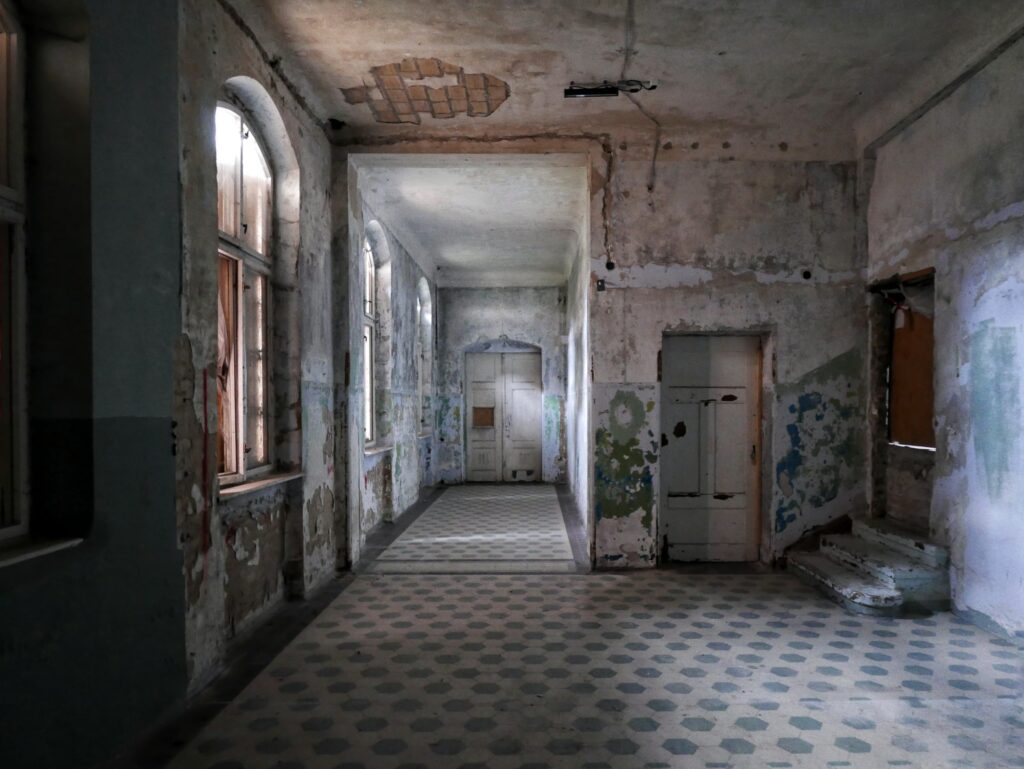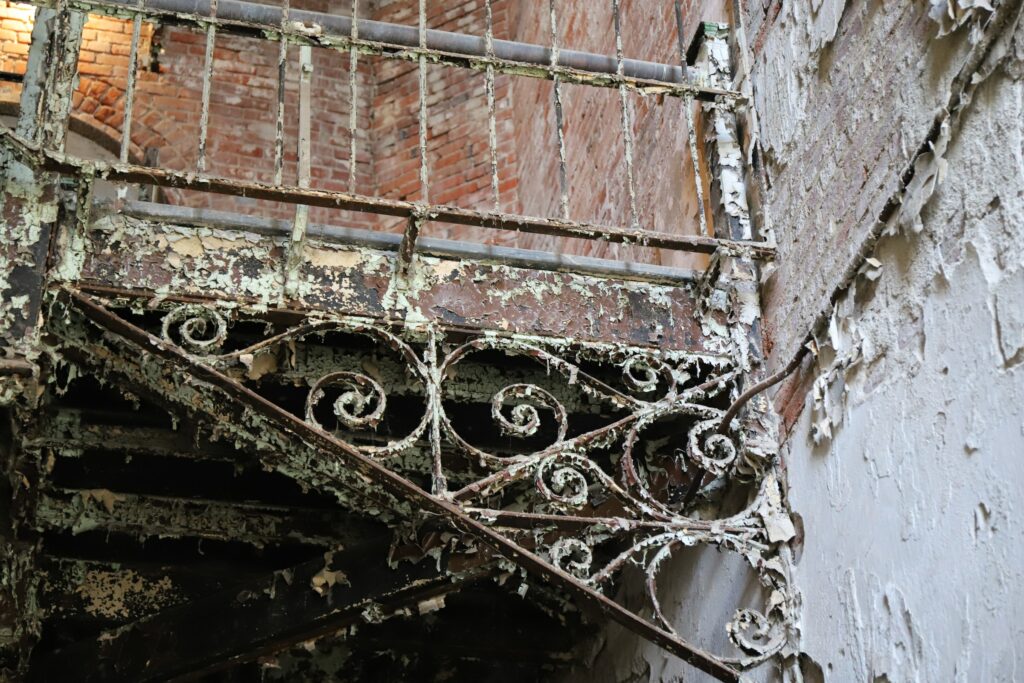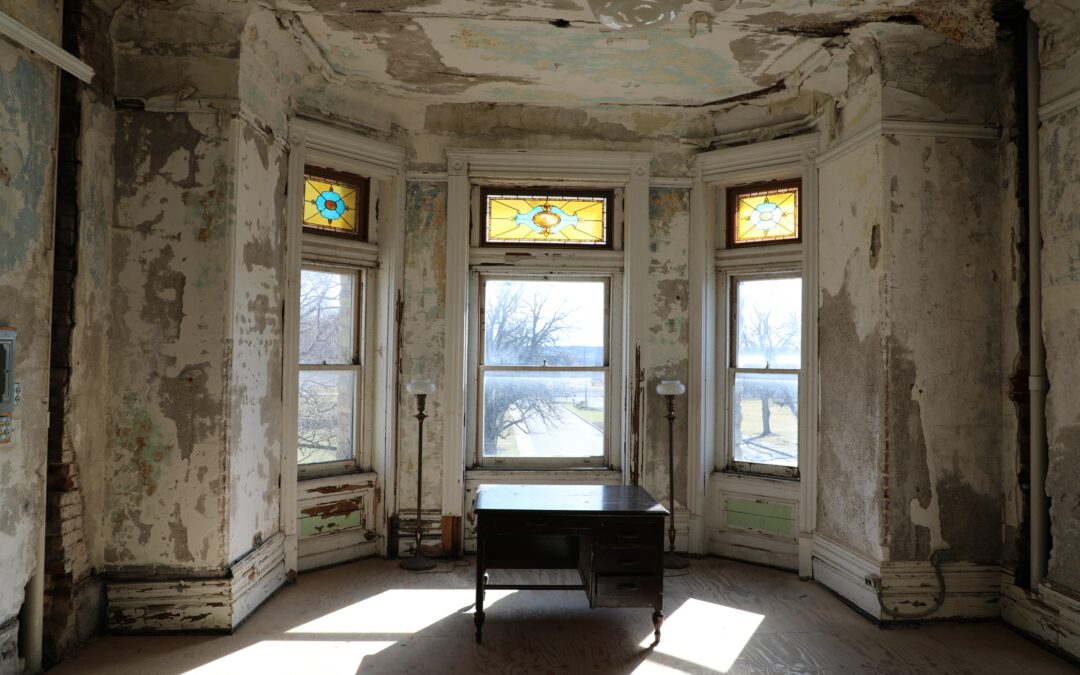When a room is too hot, mold grows on the walls. It is caused by damp walls or other structural components, as well as a lack of ventilation. We will help you get rid of mould removal on your walls-“mold and fungi removal”.
Mold, and much more generally mould fungi, are species that thrive in conditions where there is a lot of water and no airflow. Their roots are all over the place, looking for the final conditions to start growing quickly. It appears as black, red, or beige spots that grow larger over time. Mold fungus has a distinct, unpleasant odour that will expose its presence if it grows in an inconspicuous location.

Moisture Is Removed By Removing The Sources Of Moisture
If we want to get rid of mould, we must first understand what causes it to emerge. And there may be a lot of them, such as inadequate exterior wall insulation, poor ventilation, growing damp, or overflowing the buildings from the top.
The presence of moisture in the building could also be due to marks caused by defective plumbing & sewage systems, insufficient rainwater drainage systems, their destruction, or defective construction process solutions that result in leaks . Bad workmanship or poor maintenance of drainage systems, among other things, can be found on roofs, verandas, and balconies. These flaws must be remedied at all costs.
Fungus Removal From The Walls
Apart from mould, the fine aggregates are collected with a rigid bristle brush dipped in water for a long time because there is no harm to the ground of the walls. A fungicide should be applied to the clean area and also a 0.5 m wide area.
If you notice that the paint has peeled away from the substrate due to moisture, clean it off along with the mould. After that, you should apply a fungicide to the plaster and then apply decorative paint to the wall. This form of wall cleaning should yield positive results.

Mold Removal From Under The Plaster
Such plaster must be torn off, and the wall must be washed with a wire brush prior to painting. Plaster should also be extracted from a 0.5 m radius around the discovered mould on the wall. Clean the mould off the wall with a spatula or a wire brush. Mold should be scraped from the seams of bricks, blocks, and blocks. After that, clean the wall and spray this with a fungicidal preparation. A new plaster may be added next day or in a few other days, based on the procedure used.
Mold Removal From Beneath The Wallpaper As Well As From The Joints
Mold could be accumulating under the wallpaper if you smell mould in a papered space but can’t see its clusters. Then you must search for areas where the wallpaper has peeled away from the wall. This area shows the possibility of mould underneath. Since there is no mould where the wallpaper adheres well to the wall. To begin, remove a small piece of wallpaper and inspect the area beneath it.
What Is The Best Way To Fumigate Walls?
Antifungal solutions are usually marketed as ready-to-use liquids in 0.5 liter bottles with a sprayer. There are also spray-free preparations in liter or five-liter bottles. They’re made to remove mold and its spores from paints, bandages, walls, valves, tile cracks, drywall, wood, and plastics. Only active oxygen, which destroys microorganisms, is used in some preparations instead of chlorine or caustic compounds. They don’t have a strong odor.
Putting The Finishing Touches On Moulded Walls
You must repaint the room since removing the mould from the wall. It is worthwhile to use a moldicide-containing paint to avoid its recurrence. You may also use paints designed for wet areas, such as laundry rooms, toilets, and kitchens. They’re hydrophobic, which means they don’t retain as much water and moisture as traditional dispersion paints.
We deliver the quality and service you expect! contact us


Recent Comments